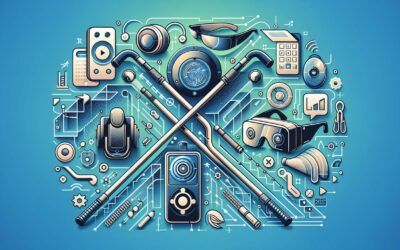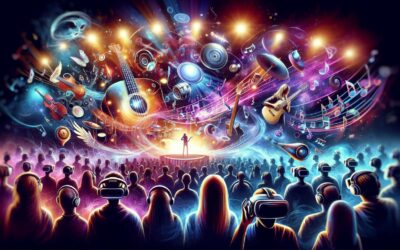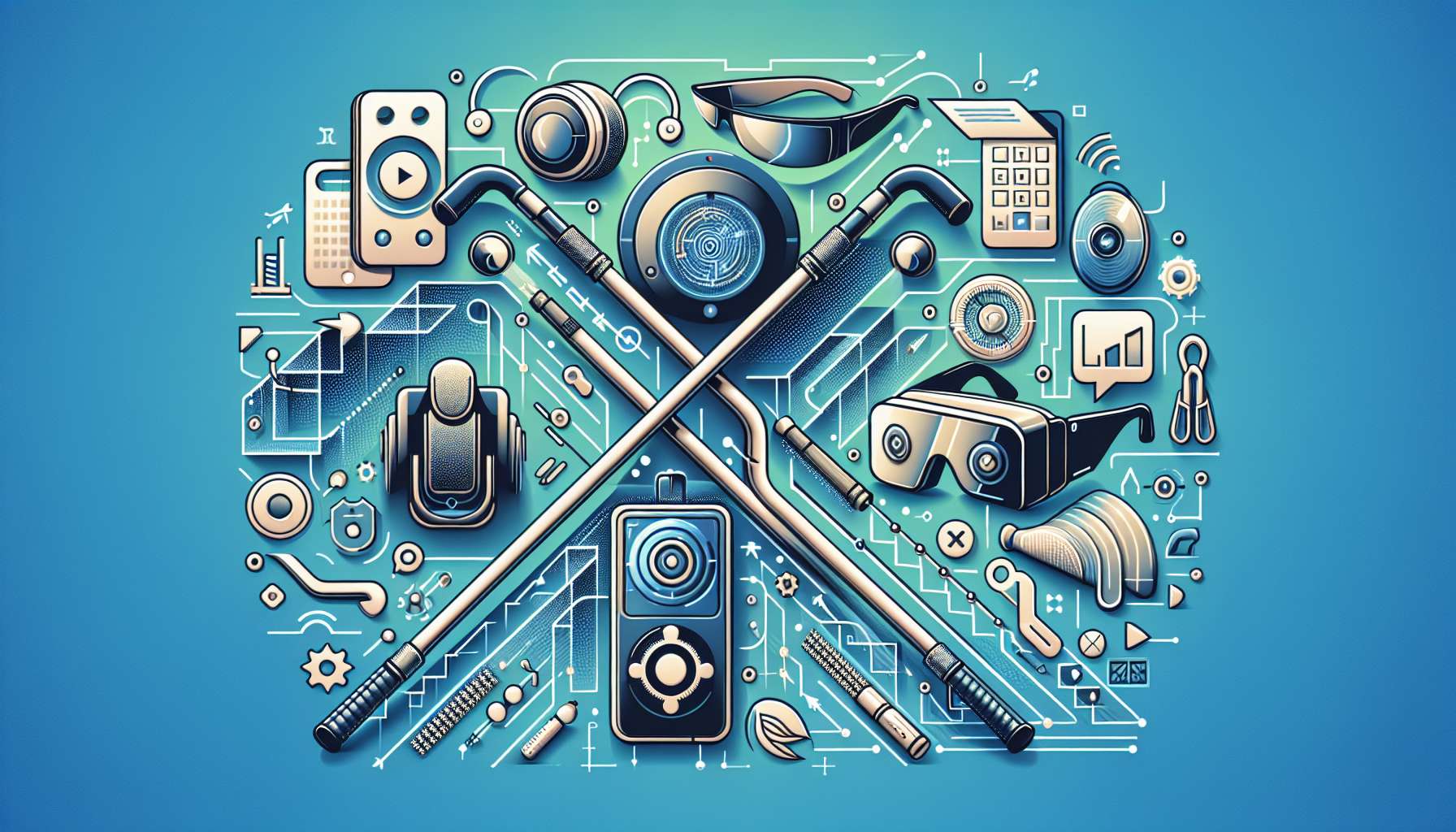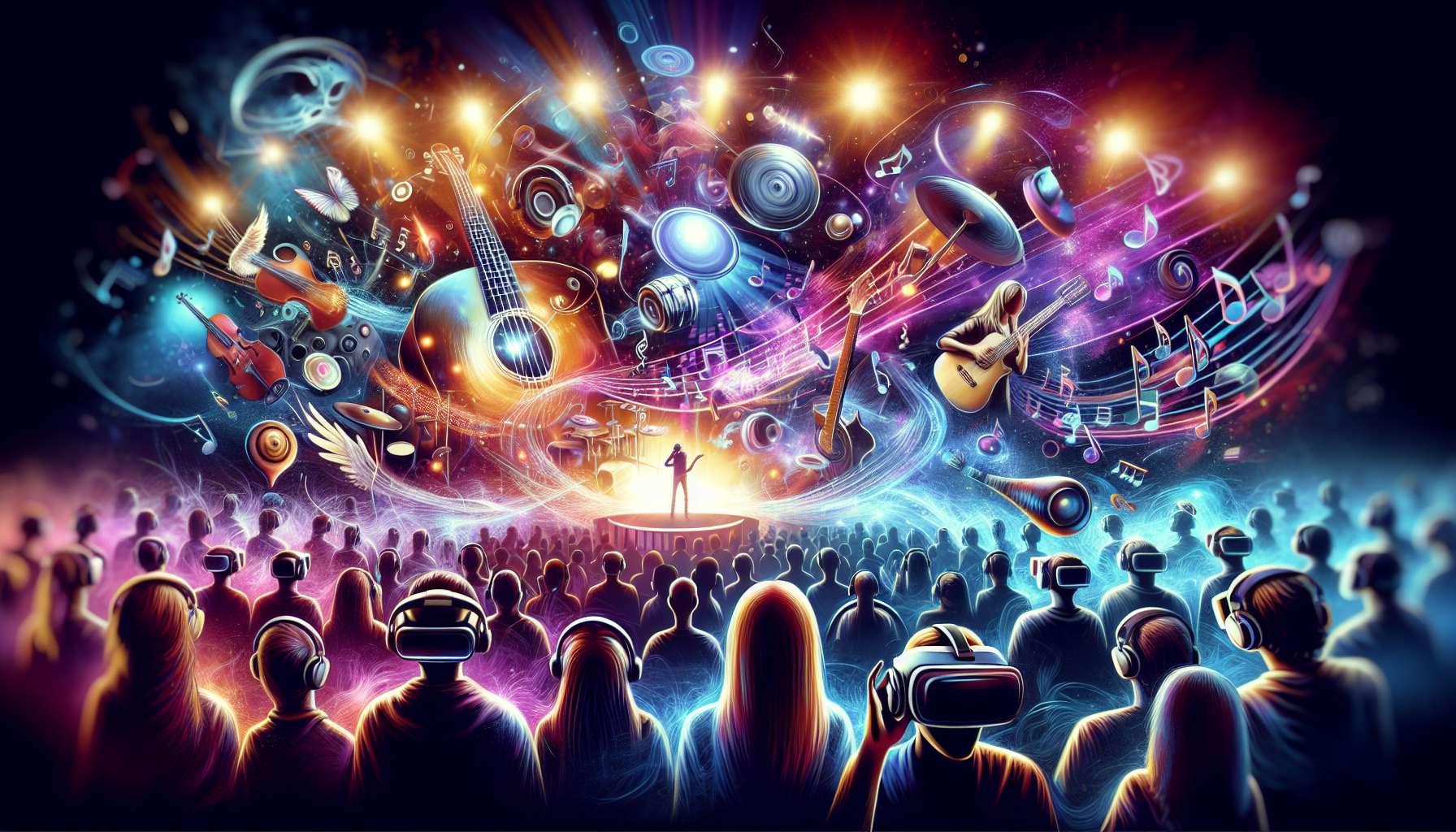The Metaverse Economy: NFTs, Virtual Real Estate, and Digital Goods
The concept of the metaverse, a virtual reality space where users can interact with a computer-generated environment and other users, has been a long-standing dream of the tech industry. With recent advancements in augmented reality, artificial intelligence, and virtual reality, the metaverse is becoming a tangible reality. And with it comes a new economy, one that is built on non-fungible tokens (NFTs), virtual real estate, and digital goods.
Non-Fungible Tokens (NFTs)
NFTs have taken the art world by storm, allowing artists to sell digital artwork as unique tokens on the blockchain. Each NFT has a unique identifier, making it impossible to replicate or counterfeit. This has opened up a whole new market for digital artists, who can now monetize their creations in a way that was not possible before.
But NFTs are not limited to art. They can represent any digital asset, such as music, videos, virtual real estate, and even virtual goods within video games. This has created a new economy where users can buy, sell, and trade digital assets, creating a whole new market for creators and collectors alike.
Virtual Real Estate
In the metaverse, virtual real estate is just as valuable as physical real estate in the real world. Users can buy and sell virtual land, buildings, and even entire virtual cities. This opens up a whole new world of possibilities for developers, who can create and sell virtual spaces for users to explore and interact with.
Virtual real estate can be used for a variety of purposes, from hosting virtual events and conferences to creating virtual stores and businesses. Users can also rent out their virtual properties, creating a passive income stream in the metaverse. As the metaverse grows, virtual real estate is expected to become even more valuable, making it an attractive investment opportunity.
Digital Goods
In the metaverse, digital goods are just as important as physical goods in the real world. Users can buy and sell virtual clothing, accessories, furniture, and even virtual pets. These digital goods can be customized and personalized, allowing users to express their individuality in the virtual world.
Virtual goods can also have real-world value. For example, in some video games, players can earn virtual currency by completing in-game tasks, which can then be exchanged for real-world money. This has created a new profession known as “gold farming,” where players earn virtual currency and sell it to other players for a profit.
The Future of the Metaverse Economy
The metaverse economy is still in its early stages, but it has the potential to revolutionize the way we live, work, and play. As more people embrace virtual reality and augmented reality technologies, the demand for digital assets and virtual experiences will only grow.
However, there are also challenges that need to be addressed. The issue of digital ownership and intellectual property rights in the metaverse is still a gray area, and regulations will need to catch up to ensure a fair and secure marketplace. Additionally, accessibility and inclusivity will be important factors to consider, as the metaverse should be a space that is accessible to everyone.
Overall, the metaverse economy holds great promise. It is an exciting new frontier that combines technology, creativity, and entrepreneurship. As the metaverse continues to evolve, we can expect to see new business models, innovative digital assets, and endless possibilities for users to explore and create in this virtual world.








